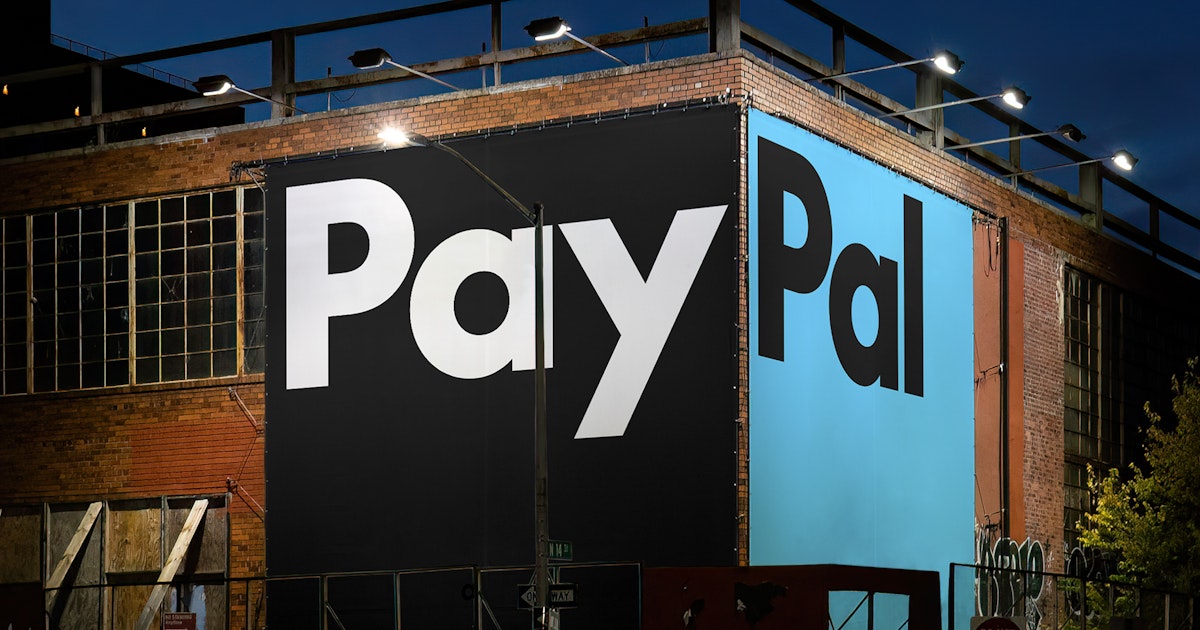In a bold move aimed at capitalizing on its vast trove of consumer data, PayPal has officially launched its advertising arm, PayPal Ads. This strategic entry into the retail-media landscape signals a new era for the payment giant, one that could potentially revolutionize how advertisers engage with ecommerce shoppers. With more than 400 million active users, PayPal holds a unique advantage: access to comprehensive transaction data that spans multiple retailers, giving advertisers the ability to reach a broad audience with pinpoint precision.
PayPal Ads: A New Player in the Retail Media Space
Under the leadership of Mark Grether, an advertising veteran who previously helped scale Uber’s ad business to $1 billion, PayPal Ads is set to leverage aggregated shopping data to target consumers across a wide range of online platforms. Grether, now PayPal’s Senior Vice President and General Manager of PayPal Ads, emphasized the competitive advantage that PayPal’s data provides. “The sheer amount of transaction data that we have at our fingertips is just incredible—it’s much more than any single retailer would ever have,” Grether said in an interview(
This extensive dataset allows PayPal to provide advertisers with insights that extend far beyond individual retailers. Instead of focusing solely on in-store purchases, PayPal’s platform aggregates shopping behavior across its ecosystem—PayPal, Venmo, and Honey—which includes both online transactions and in-store purchases made using PayPal services.

1. PayPal Ads: A Broader Picture of Consumer Behavior
One of the biggest differentiators of PayPal Ads from other retail media networks is its ability to provide a broader picture of consumer behavior. Traditional retail media networks, such as those run by Walmart and Target, only provide advertisers with data on transactions that occur within their own stores. PayPal, however, has a wider scope, as it can track purchasing behavior across multiple merchants. This allows PayPal to offer unique insights into consumer preferences and market share shifts that individual retailers cannot.
2. Expanding Advertising Reach Across Merchant Websites
Perhaps one of the most exciting aspects of PayPal Ads is its plan to sell ads across the websites of the millions of merchants that use PayPal’s payment systems. By doing so, PayPal will extend its advertising reach beyond its own properties, creating an even larger network for advertisers to tap into. This move could allow PayPal Ads to become one of the most powerful ad networks in the ecommerce space, potentially rivaling Amazon’s and Walmart’s own retail-media platforms.
3. The Rise of Retail Media Networks and Financial Giants
The launch of PayPal Ads is part of a larger trend within the financial and ecommerce sectors, where companies are leveraging their data to create advertising networks. JPMorgan Chase, for example, launched its own retail media business earlier this year, and American Express has also been expanding its ad offerings. As more financial companies enter the retail media space, the competition is likely to heat up, with each company vying for a share of the growing market.
The Unique Value Proposition: Cross-Retailer Data
One of the biggest differentiators of PayPal Ads from other retail media networks is its ability to provide a broader picture of consumer behavior. Traditional retail media networks, such as those run by Walmart and Target, only provide advertisers with data on transactions that occur within their own stores. PayPal, however, has a wider scope, as it can track purchasing behavior across multiple merchants. This allows PayPal to offer unique insights into consumer preferences and market share shifts that individual retailers cannot(
This ability to analyze consumer behavior across various merchants and platforms is one of the key elements that advertisers are likely to find most attractive. For instance, a brand could use PayPal Ads to determine how its products perform at different retailers and adjust its marketing strategy accordingly. Grether highlighted how PayPal Ads could help brands optimize their spending by advising them on the most effective retailers and audiences to target, making the platform especially valuable for performance-based marketing

Expanding Advertising Formats and Self-Serve Tools
Initially, PayPal Ads will focus on display ads across its own platforms, but the company has big plans for growth. By next year, the platform will expand to include video ads, which are increasingly popular among brands looking to capture attention in more dynamic ways. Moreover, PayPal intends to introduce self-serve ad tools, allowing advertisers to manage their own campaigns. This self-serve model is designed to make it easier for smaller businesses to access PayPal’s powerful advertising tools without needing a large budget(
Perhaps one of the most exciting aspects of PayPal Ads is its plan to sell ads across the websites of the millions of merchants that use PayPal’s payment systems. By doing so, PayPal will extend its advertising reach beyond its own properties, creating an even larger network for advertisers to tap into. This move could allow PayPal Ads to become one of the most powerful ad networks in the ecommerce space, potentially rivaling Amazon’s and Walmart’s own retail-media platforms(
The Rise of Retail Media Networks
The launch of PayPal Ads is part of a larger trend within the financial and ecommerce sectors, where companies are leveraging their data to create advertising networks. JPMorgan Chase, for example, launched its own retail media business earlier this year, and American Express has also been expanding its ad offerings. As more financial companies enter the retail media space, the competition is likely to heat up, with each company vying for a share of the growing market(
Retail media is attractive to advertisers for several reasons. First, it allows them to reach consumers at a critical moment—when they are actively shopping. This proximity to the purchase decision increases the likelihood that an ad will lead to a sale. Additionally, because these platforms have direct access to transaction data, advertisers can easily measure the effectiveness of their campaigns. This makes retail media a high-margin business, as sellers can charge premium rates for ad placements(
PayPal’s Non-Retail Approach: The Anti-Retail Ad Network
Unlike many of its competitors, PayPal is positioning itself as a non-retail ad network. Instead of focusing on individual retailers, PayPal provides a broader view of consumer shopping behavior across multiple merchants. This makes it easier for advertisers to target consumers based on their overall shopping habits, rather than limiting themselves to data from a single retailer(
PayPal’s acquisition of Honey, a popular coupon and cash-back app, further enhances its ability to track consumer behavior. By monitoring what retailers people visit but don’t buy from, PayPal can provide advertisers with valuable insights into purchase intent. This data is especially useful for brands looking to target consumers who are on the verge of making a purchase but haven’t yet committed

Challenges and Opportunities Ahead
While PayPal Ads holds great potential, it faces several challenges. First, the retail media space is already crowded, with well-established players like Amazon, Walmart, and Target dominating the market. These companies have years of experience and vast networks of advertisers, making it difficult for new entrants like PayPal to carve out a significant share.
Another challenge is ensuring that PayPal’s advertising platform doesn’t alienate its user base. While the ability to target ads based on transaction data is powerful, it also raises privacy concerns. PayPal will need to carefully balance its desire to monetize its data with the need to protect user privacy. The company has already stated that users will have the option to opt out of having their data used for advertising purposes, but it remains to be seen how many will choose to do so(
However, PayPal also has significant opportunities. Its ability to provide cross-retailer data sets it apart from many competitors, and its plans to expand into video ads and self-serve tools could help it attract a wide range of advertisers. Additionally, with the rise of ecommerce showing no signs of slowing down, the demand for retail media networks is only going to increase. If PayPal can successfully differentiate itself from other players in the space, it has the potential to become a major player in the advertising world(
PayPal’s Bold Foray into Advertising
The launch of PayPal Ads marks an exciting new chapter for the payment giant. By leveraging its vast trove of consumer transaction data, PayPal is positioning itself as a major player in the retail media space. With plans to expand into video ads, self-serve tools, and placements on merchant websites, PayPal is poised to offer advertisers a powerful new way to reach ecommerce shoppers.
While the platform faces significant competition and privacy challenges, its unique ability to provide cross-retailer data gives it a competitive edge. As PayPal Ads continues to evolve, it will be interesting to see how advertisers and consumers respond to this new offering. For now, one thing is clear: PayPal is ready to make its mark on the advertising world.
